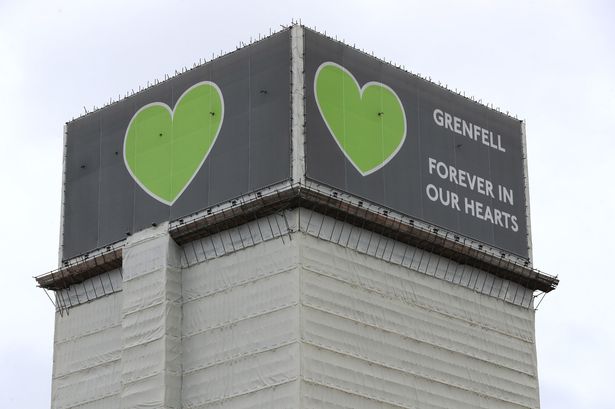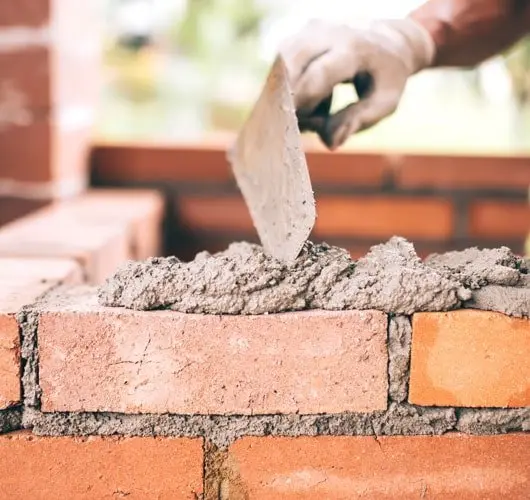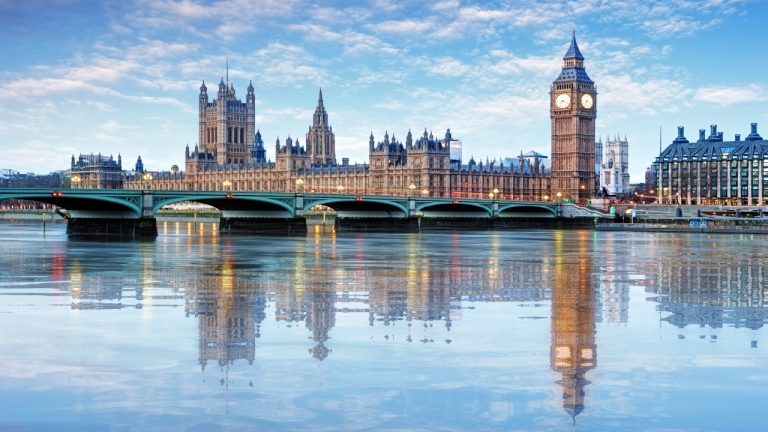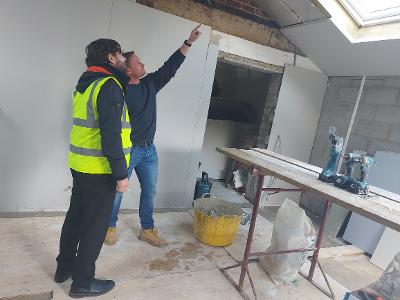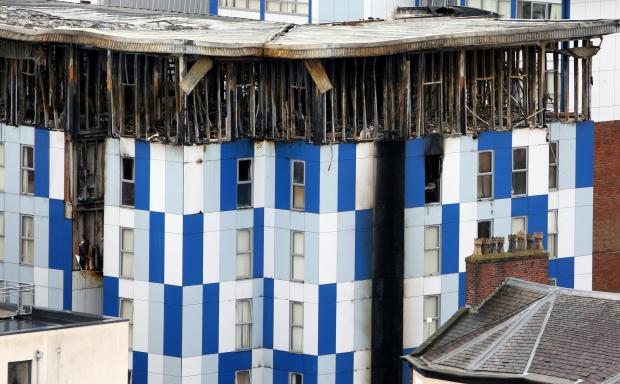As London’s residents continue to face fire safety risks, industry experts are looking at how the Internet of Things (IoT) can transform fire safety for those most at risk in our communities The chief of London Fire Brigade (LFB) has warned that more than 1,000 residential buildings in the capital still have serious fire safety failings almost five years after Grenfell. The LFB Commissioner, Andy Roe, welcomed new Government legislation based on recommendations from the Grenfell Tower Inquiry, but said more needs to be done to tackle dangerous structures and ensure residents know how to escape in the event of a fire. The phase one report of the Grenfell inquiry recommended that the owner and manager of every residential high‑rise should be legally required to prepare personal emergency evacuation plans for all residents whose ability to self‑evacuate may be compromised. Additionally, Dame Judith Hackitt’s independent Building a Safer Future report recognised the need for provisions for disabled and potentially vulnerable people. Cognitive and physical impairments are factors that can influence the ability to evacuate a property and, in the UK, over 14 million people have a disability. As COVID‑19 continues to cause a surgery backlog, six million people are on the waiting list for NHS hospital care, including more than 23,000 who have waited more than two years, leaving potentially millions more people vulnerable to fire safety risks. “Fire safety for disabled residents is not a minority issue. Disabilities affect more than one in five people in the UK, and half of those who died in the Grenfell Tower Fire were disabled or children,” says Fazilet Hadi, Head of Policy at Disability Rights UK. In multiple‑occupancy houses, terraced homes, and high‑rise buildings, a major fire does not just put a single household in danger but potentially hundreds of lives. Sakina Afrasehabi, who had severe arthritis and walked with a frame, died on the 18th floor in the Grenfell fire at the age of 65. She was unable to negotiate steps but was housed in the tower because it had a lift, which stopped working on the night of the fire. Afrasehabi’s family believe she would still be alive if the council landlord had made a personal‑emergency evacuation plan (PEEP). “It is not necessarily the disability that makes us vulnerable. Being ignored and left and made to feel invisible is what makes us vulnerable,” adds Fazilet Hadi. Whilst evacuation plans are critical in the event of tenants needing to leave the building, there are also new, intelligent ways to help cut fire risks for the estimated 43% of social housing residents who live with a long‑term disability. Using technology to prevent fire risks managing fire safety risks for vulnerable social housing residents Cutting‑edge technology that remotely monitors the home environment 24/7 has the potential to prevent life‑threatening events. FireAngel Connected is a purpose-built cloud solution for fire detection and prevention. Built on 15 years of the Internet of Things (IoT) expertise, FireAngel’s unique Predict™ technology, patented in application, can highlight trends and patterns of high-risk behaviour to pinpoint properties at risk, enabling social housing providers to arrange successful interventions to help prevent a fire. “The technology developed by FireAngel can give us a much better understanding of risk in the community, helping us to identify vulnerable tenants and adapt our response accordingly to foster their needs,” comments Jason Avery, Assistant Director for Prevention and Protection, Hampshire and Isle of Wight Fire and Rescue Services. Predict™ analyses real-time data to identify patterns of potential fire risk within properties – giving an instant risk level without a manual data trawl. This enables prioritised interventions and increased fire prevention measures to residents who need it most. The combination of IoT and AI technologies also provides an overview of buildings and their changing fire risks, allowing landlords to carry out maintenance checks or repairs at the point of need, ensuring costly problems are prevented and tenant safety is protected. Ian Moore, CEO of the Fire Industry Association, says: “The IoT promises to transform the fire industry. When making informed decisions, data is everything. The more data we have, the more robust the decision can be. I will always support industry developments that help make people safer from fire risks”. Building Design and Construction Magazine | The Home of Construction & Property News




